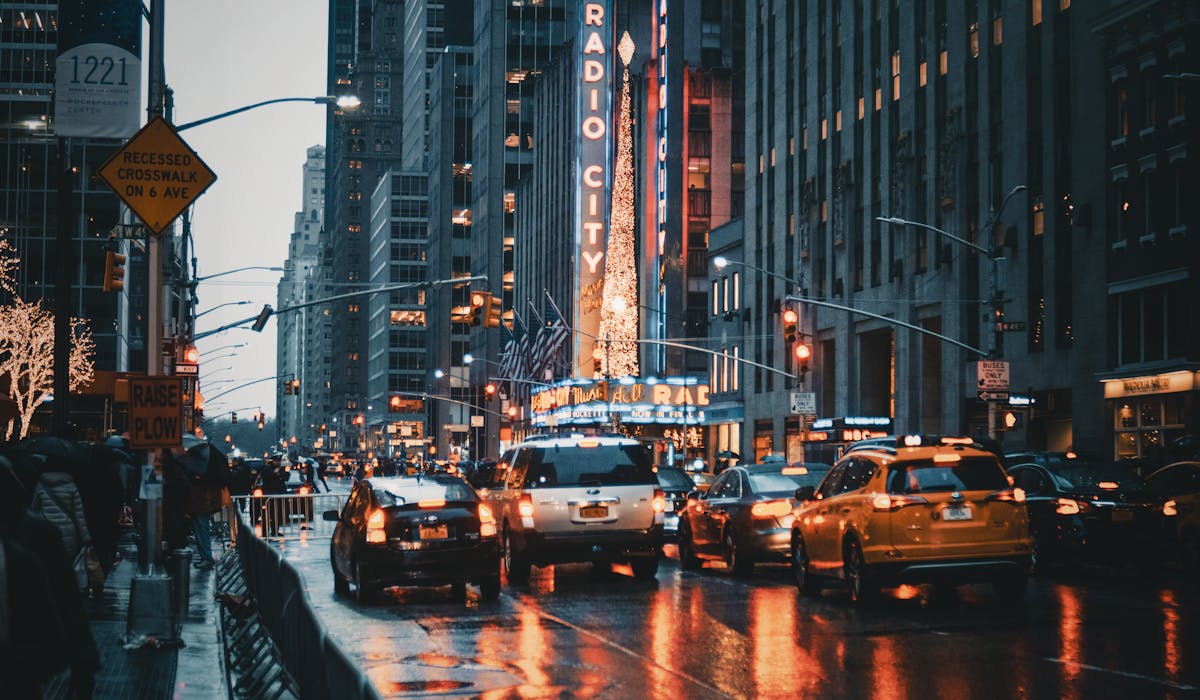The Greatest Guide To Framing Streets
Table of ContentsThe Ultimate Guide To Framing StreetsWhat Does Framing Streets Mean?The Only Guide for Framing StreetsFraming Streets for DummiesWhat Does Framing Streets Mean?Getting The Framing Streets To Work
Photography style "Crufts Pet dog Program 1968" by Tony Ray-Jones Road digital photography (likewise sometimes called honest photography) is photography conducted for art or inquiry that features unmediated opportunity encounters and arbitrary events within public places, usually with the goal of capturing pictures at a definitive or touching moment by mindful framing and timing. 
Examine This Report on Framing Streets
Susan Sontag, 1977 Road photography can concentrate on people and their actions in public. In this respect, the road digital photographer is similar to social docudrama photographers or photographers that likewise operate in public areas, but with the purpose of capturing newsworthy events. Any of these digital photographers' images may capture people and residential or commercial property visible within or from public areas, which typically requires navigating moral problems and legislations of privacy, security, and property.
Depictions of everyday public life create a genre in virtually every period of globe art, starting in the pre-historic, Sumerian, Egyptian and early Buddhist art durations. Art dealing with the life of the street, whether within sights of cityscapes, or as the leading theme, shows up in the West in the canon of the Northern Renaissance, Baroque, Rococo, of Romanticism, Realism, Impressionism and Post-Impressionism.
Getting The Framing Streets To Work
Louis Daguerre: "Blvd du Temple" (1838 or 1839) In 1838 or 1839 the first photograph of numbers in the street was tape-recorded by Louis-Jacques-Mand Daguerre in one of a pair of daguerreotype sights drawn from his workshop home window of the Boulevard du Temple in Paris. The second, made at the height of the day, shows an unpopulated stretch of street, while the various other was taken at about 8:00 am, and as Beaumont Newhall records, "The Boulevard, so continuously loaded with a relocating throng of pedestrians and carriages was completely solitary, except an individual who was having his boots combed.
His boots and legs were well defined, but he is without body or head, due to the fact that these were in motion." Charles Ngre, waterseller Charles Ngre. https://www.huntingnet.com/forum/members/framingstreets1.html was the first photographer to achieve the technological sophistication called for to sign up individuals in motion on the road in Paris in 1851. Digital Photographer John Thomson, a Scotsman collaborating with reporter and social protestor Adolphe Smith, published Street Life in London in twelve regular monthly installments beginning in February 1877
The 3-Minute Rule for Framing Streets
Eugene Atget is considered a progenitor, not because he Get the facts was the very first of his kind, however as an outcome of the popularisation in the late 1920s of his record of Parisian streets by Berenice Abbott, who was motivated to embark on a comparable paperwork of New York City. [] As the city developed, Atget assisted to advertise Parisian streets as a worthy topic for photography.

The 6-Minute Rule for Framing Streets
The principal Mass-Observationists were anthropologist Tom Harrisson in Bolton and poet Charles Madge in London, and their very first record was generated as guide "May the Twelfth: Mass-Observation Day-Surveys 1937 by over two hundred onlookers" [] Window cleaner at Kottbusser Tor, Berlin, by Elsa Thiemann c. 1946 The post-war French Humanist Institution digital photographers located their subjects on the street or in the bistro. In between 1946 and 1957 Le Groupe des XV yearly exhibited work of this kind. Andre Kertesz. Circus, Budapest, 19 May 1920 Road photography created the significant content of 2 exhibits at the Gallery of Modern Art (Mo, MA) in New york city curated by Edward Steichen, Five French Photographers: Brassai; Cartier-Bresson, Doisneau, Ronis, Izis in 1951 to 1952, and Post-war European Digital Photography in 1953, which exported the concept of street digital photography globally.

10 Simple Techniques For Framing Streets
, then a teacher of young kids, connected with Evans in 193839.'s 1958 publication,, was considerable; raw and often out of focus, Frank's photos examined mainstream photography of the time, "challenged all the formal regulations laid down by Henri Cartier-Bresson and Walker Evans" and "flew in the face of the wholesome pictorialism and heartfelt photojournalism of American publications like LIFE and Time".